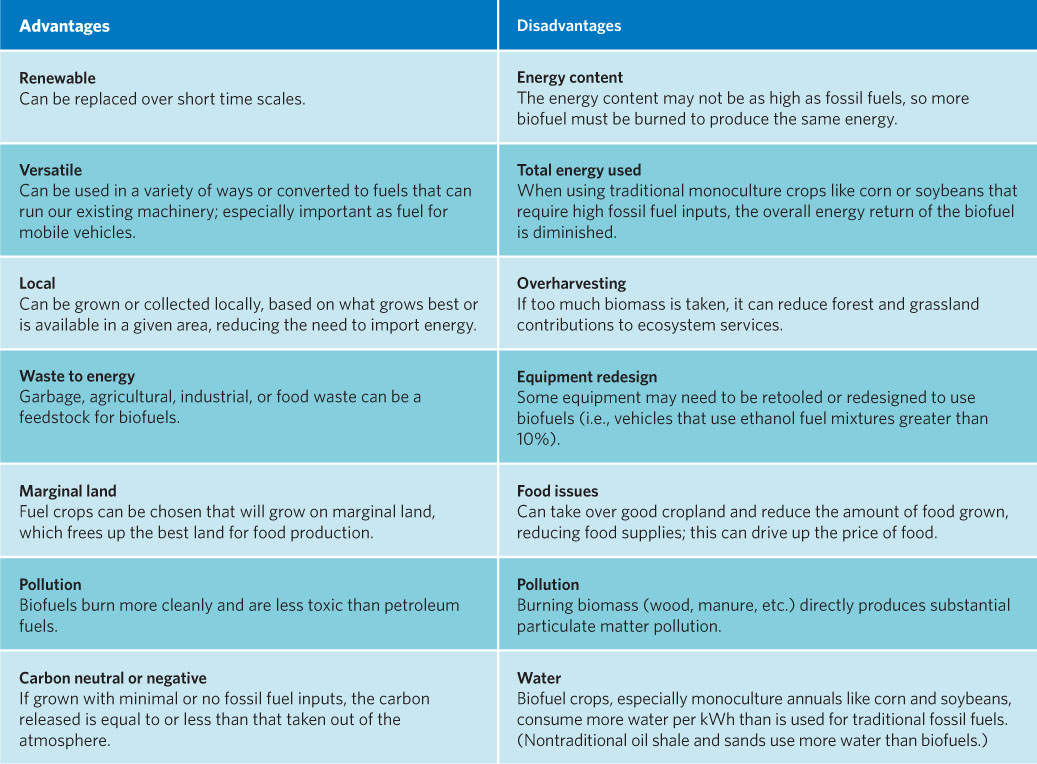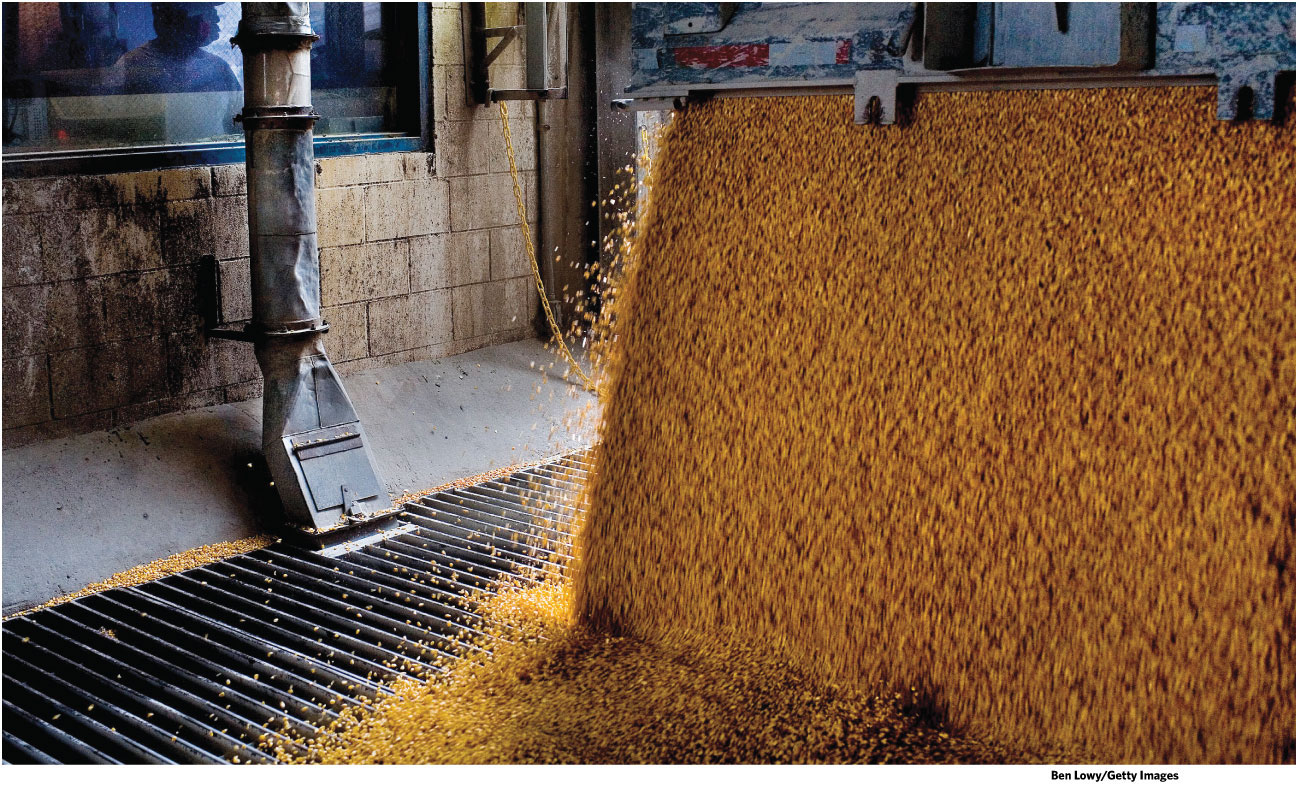Turning grass into gas is less environmentally friendly than it sounds.
Despite the attraction of putting waste to work, today most biofuels are made from crops grown specifically for energy use. Biodiesel, for instance, is typically produced from crops with a high oil content, such as soybeans or canola (rapeseed). For decades, sugar cane has served as the primary source of ethanol in Brazil. But in the United States, corn is the fuel crop of choice.
In the mid-1970s, fuel shortages revived public interest in alternatives to fill cars, fuel stoves, and light homes. As the world’s leading producer of corn, the United States had the infrastructure in place to create corn-based ethanol production facilities, which began to pop up in rural farming towns all over the midwestern United States. Between 1999 and 2009, the total number of operating ethanol plants in the United States tripled, growing from 50 to more than 150. The Energy Policy Act, passed by Congress in 2005, required that the country boost its biofuel production to 7.5 billion gallons by 2012. Only 4 years later, in 2009, the country had exceeded that goal, topping 11 billion gallons. Today, most of America’s gasoline contains some amount of ethanol, according to the U.S. Energy Information Administration.
In the beginning, biofuels were welcomed as an ideal green solution, reducing our dependence on foreign oil and saving the planet along the way. But slowly, that sparkling image began to fade.
Over time, experts realized that the early biofuels weren’t much more environmentally friendly than the fossil fuels they were intended to replace. Corn is one of the most energy-intensive crops to grow and harvest, requiring energy inputs like fertilizers and pesticides (made from fossil fuels), as well as fuel needed for the operation of farm machinery. Early corn ethanol projects used as much (or almost as much) energy as they produced. Water was also a concern: One study estimated that a car running on ethanol uses the equivalent of 50 gallons of water for every mile (compared to 2 to 3 gallons of water used to produce a gallon of gasoline).
Another worry is that many natural ecosystems are being converted to farmland for biofuels, endangering native species that live there, such as orangutans in the rainforests of Malaysia and African elephants in Ethiopia. These biofuel crops also displace food crops; farmers who might normally grow corn for food or animal feed are growing it for fuel. This switch drove up the price of corn in 2007 and caused riots in Mexico, Haiti, and other nations around the world where corn is a staple food item. And clearing land for biofuel crops releases carbon stored in soil and plants, adding greenhouse gases to the atmosphere as well as disrupting all the benefits those ecosystems provide, such as habitat for a variety of organisms. In addition, the use of crop waste to produce biofuels has drawbacks—namely the removal of material that normally would have been plowed back into the soil to decompose and add back nutrients. TABLE 32.1


What is “marginal land,” and what kinds of plants might grow on such land? Why is the potential to use marginal land for biofuel crops considered an advantage?
Marginal land is land that is not fertile enough or does not receive sufficient rainfall to support the growth of plants that need lots of water and nutrients, such as our major food crops. It will, however, support the growth of less demanding plants such as grasses and small herbaceous plants. If these kinds of plants can be used as feedstocks for biofuels, it would allow us to grow fuel crops on these marginal lands and leave the better, more fertile land available for food crops.
KEY CONCEPT 32.3
Though biofuels are a renewable, versatile, and potentially local energy source, they are less energy rich than fossil fuels, their cultivation can use farmland and water that would otherwise grow food crops, and they still produce some pollution when burned.
Advances in recent years, mostly in increased production per acre, now make corn a better biofuel option than it used to be. Even though early attempts to make ethanol from corn often used more energy than they produced, a 2010 assessment by the U.S. Department of Energy estimated corn’s EROEI (energy return on energy investment) to be 2.3:1, meaning it produces 2.3 units of energy for every unit of energy invested, for a net energy production of 1.3. By comparison, conventional oil has an EROEI of 25:1.). But even if the energy return could be further improved, should we be using prime farmland to produce a fuel crop? Is there a way to grow biofuel feedstocks on marginal lands? Along with many other researchers, Tilman was discovering some interesting insights into just how to do that.
